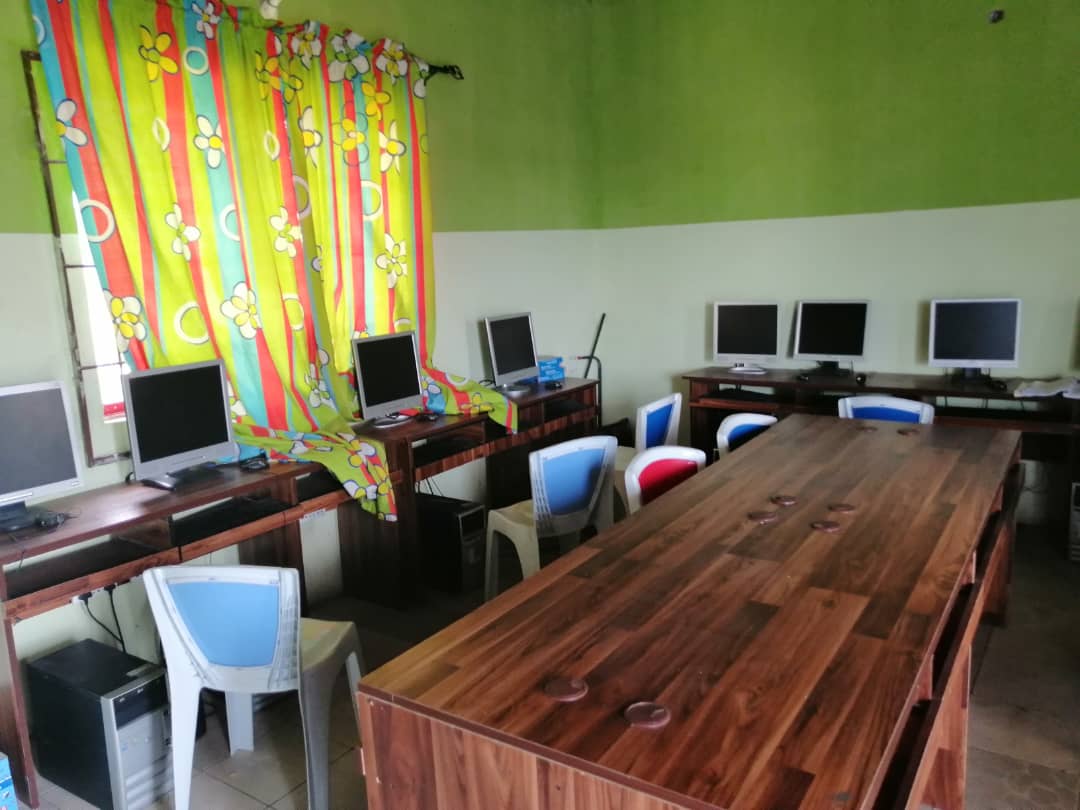In the evolving landscape of education, technology has become a cornerstone in enhancing the learning experience. By integrating modern tools and digital resources into the teaching process, educators are transforming traditional classrooms into dynamic learning environments that cater to diverse learning styles and needs. Here’s a closer look at how teaching with technology is reshaping education:
1. Interactive Learning
Technology brings interactivity into the classroom, making learning more engaging and participatory. Tools like interactive whiteboards and smart displays allow teachers to present material in vivid, interactive formats. Students can engage with content directly, manipulating data, exploring virtual simulations, and participating in real-time discussions. This hands-on approach helps to reinforce concepts and make abstract ideas more tangible.
Example: In a science class, students can use virtual lab simulations to conduct experiments that would be difficult or impossible to perform in a traditional lab setting. This allows them to visualize complex processes and practice their skills in a risk-free environment.
2. Personalized Learning
Digital tools enable a more personalized learning experience, adapting to the individual needs of each student. Adaptive learning software assesses a student’s progress and adjusts the difficulty of tasks based on their performance. This personalized approach helps address learning gaps, provides targeted support, and ensures that students can learn at their own pace.
Example: Educational platforms like Khan Academy or Duolingo offer personalized lessons and practice exercises tailored to each student’s proficiency level, allowing them to focus on areas where they need improvement.
3. Access to a Wealth of Resources
Technology provides access to an extensive range of resources that can enhance the learning experience. Online libraries, academic journals, educational videos, and interactive tutorials are just a few examples of the resources available at students’ fingertips. This vast repository of information supports a more comprehensive and in-depth exploration of subjects.
Example: A history teacher might use digital archives to access rare documents and historical records, providing students with primary sources that enrich their understanding of historical events.
4. Collaboration and Communication
Digital tools facilitate collaboration and communication among students, teachers, and even peers from other schools or countries. Online platforms, discussion forums, and collaborative document editors enable students to work together on projects, share ideas, and provide feedback in real-time. This collaborative environment fosters teamwork and enhances critical thinking skills.
Example: Students working on a group project can use tools like Google Docs or Microsoft Teams to collaborate on research, write and edit documents, and hold virtual meetings, regardless of their physical location.
5. Engaging Multimedia
Incorporating multimedia elements such as videos, animations, and interactive simulations into lessons can make learning more engaging and accessible. Multimedia resources can cater to different learning styles, whether visual, auditory, or kinesthetic, and help clarify complex concepts through dynamic presentations.
Example: A math teacher might use animated videos to explain geometric concepts, helping visual learners grasp spatial relationships and geometric principles more effectively.
6. Enhanced Assessment and Feedback
Technology also enhances the assessment process, providing tools for creating and administering quizzes, tests, and assignments. Automated grading systems can provide immediate feedback to students, allowing them to understand their strengths and areas for improvement quickly. Teachers can track progress more effectively and use data analytics to inform their instructional strategies.
Example: Online assessment platforms like Quizizz or Socrative offer instant feedback and analytics on student performance, helping teachers identify trends and tailor their teaching methods accordingly.
7. Preparing for the Future
Integrating technology into education not only improves the current learning experience but also prepares students for the future. Familiarity with digital tools and platforms equips students with essential skills for the modern workforce, including digital literacy, problem-solving, and adaptability.
Example: Students using coding platforms and learning programming languages gain skills that are increasingly valuable in the digital economy, preparing them for careers in technology and related fields.
Conclusion
Teaching with technology has the power to enhance the learning experience by making it more interactive, personalized, and resource-rich. By leveraging digital tools and multimedia resources, educators can create a dynamic and engaging environment that supports diverse learning styles and prepares students for future challenges. As technology continues to evolve, its role in education will undoubtedly expand, offering new opportunities for enrichment and innovation in the classroom.

